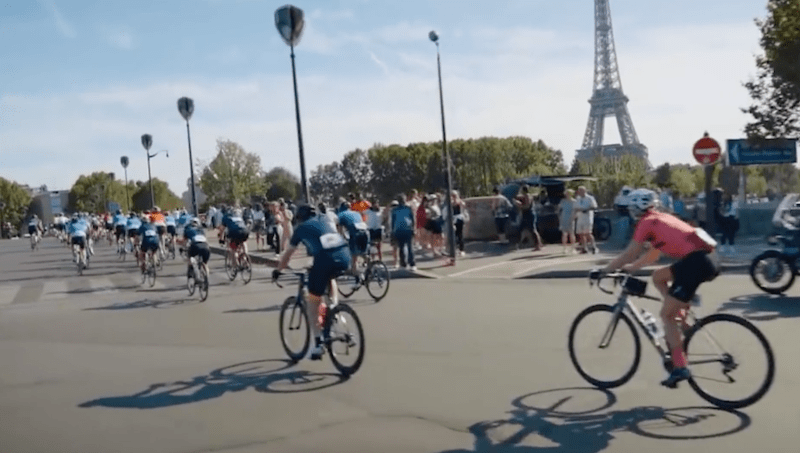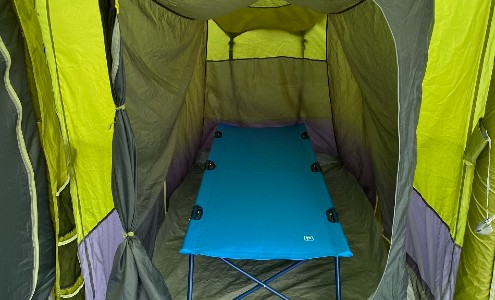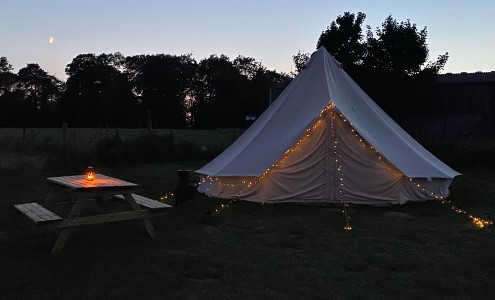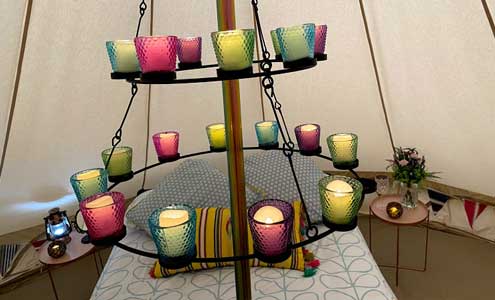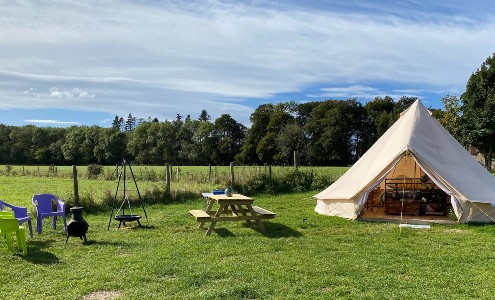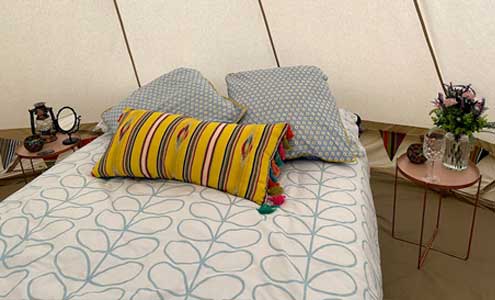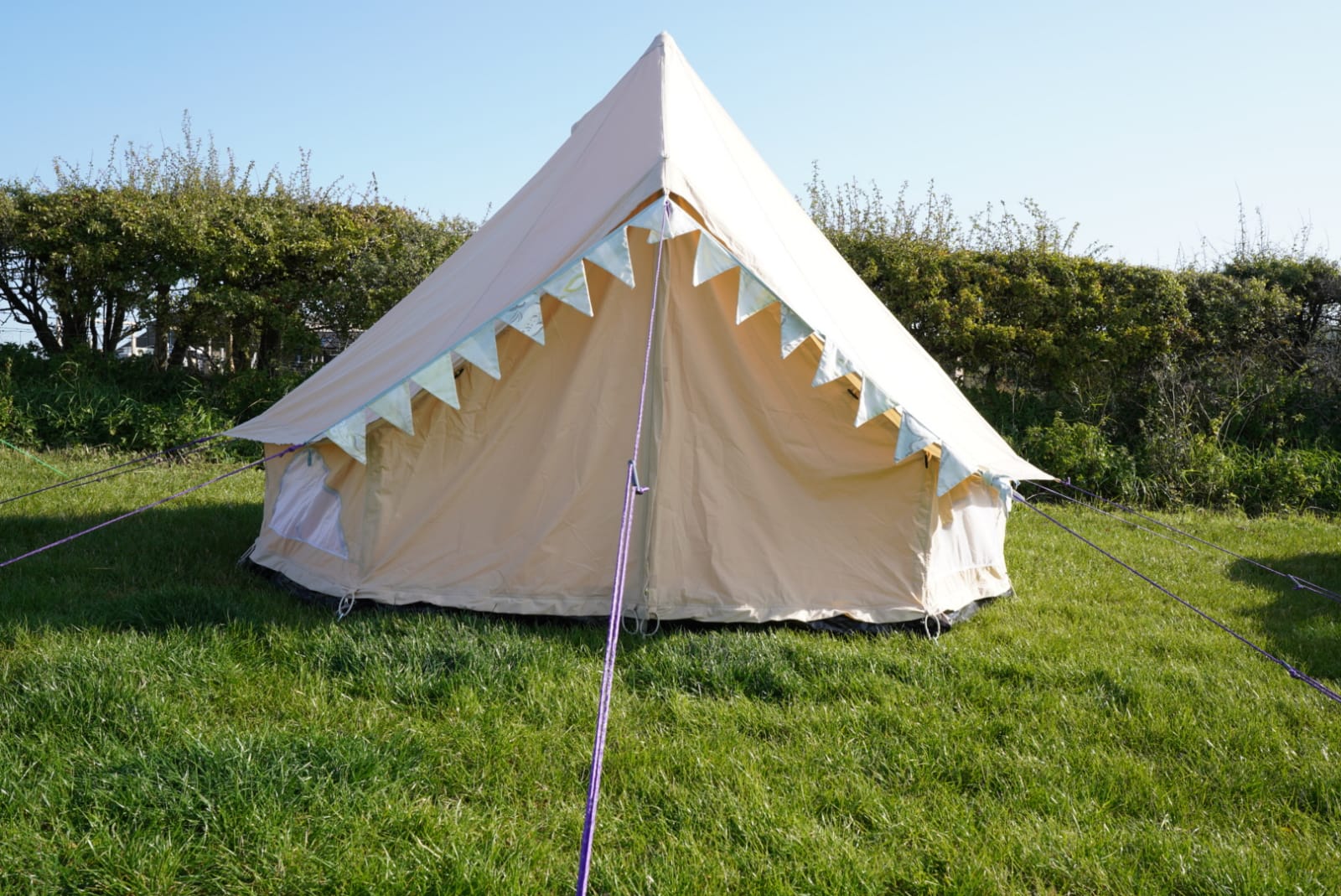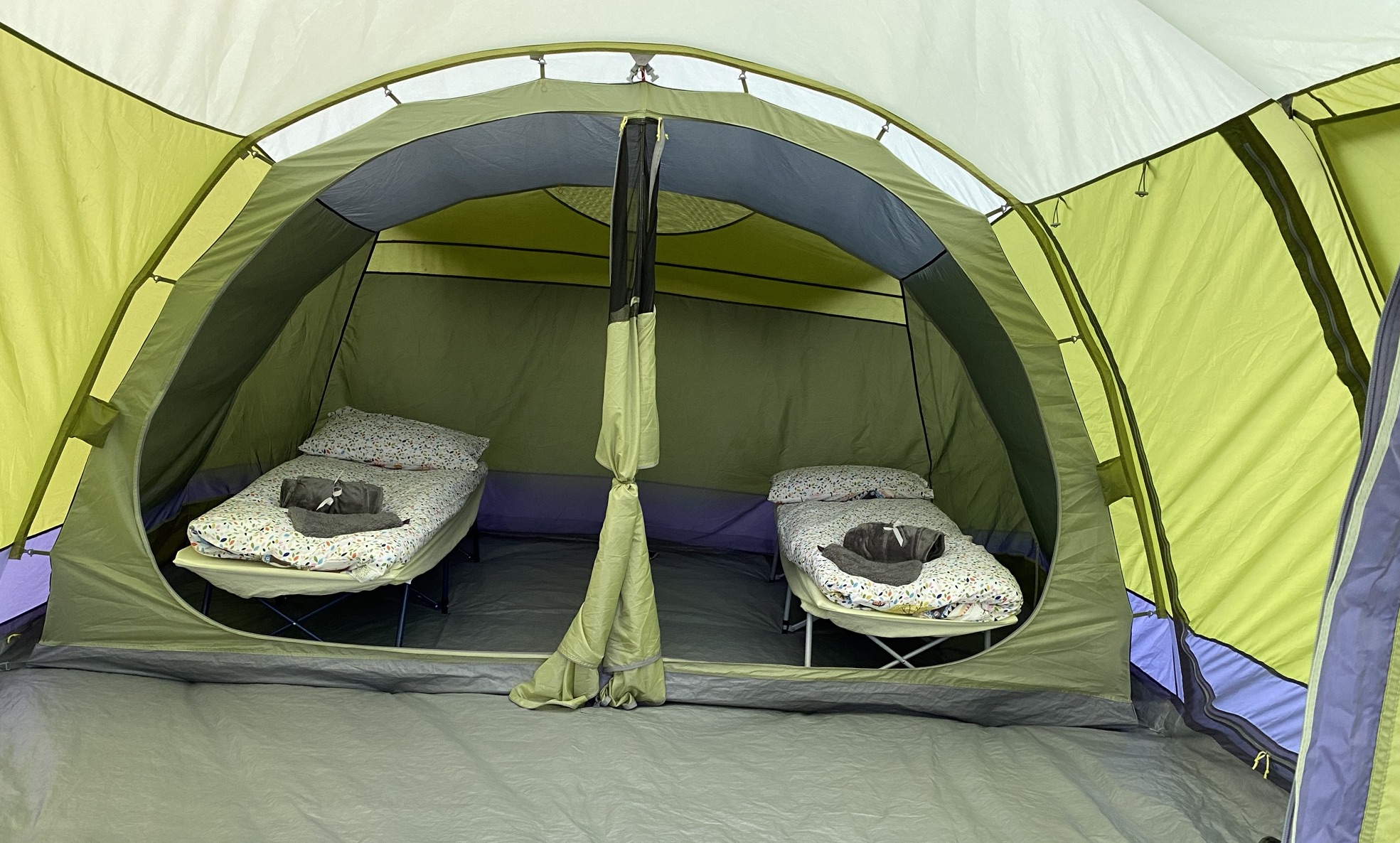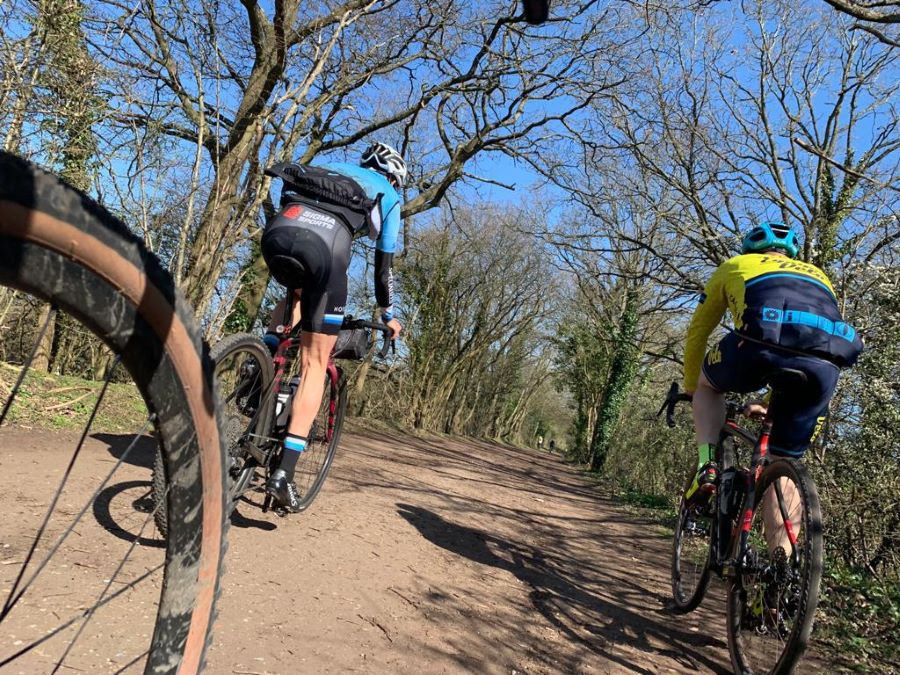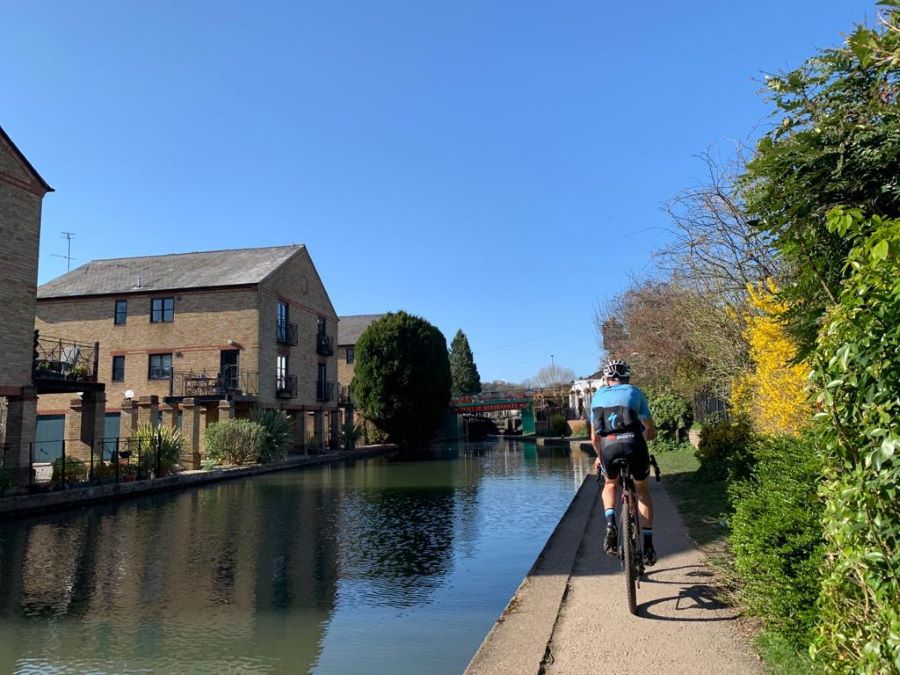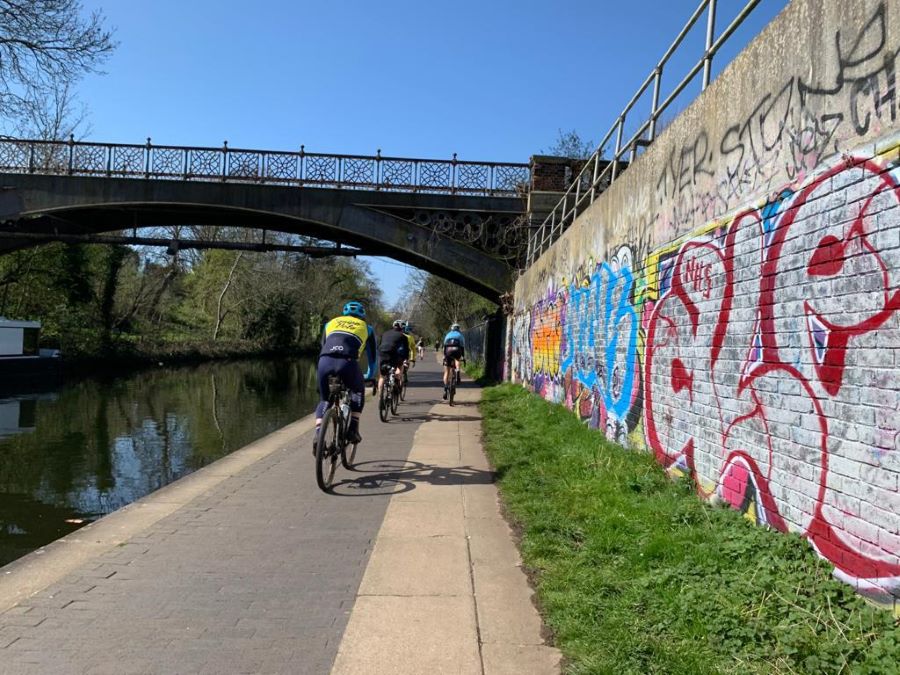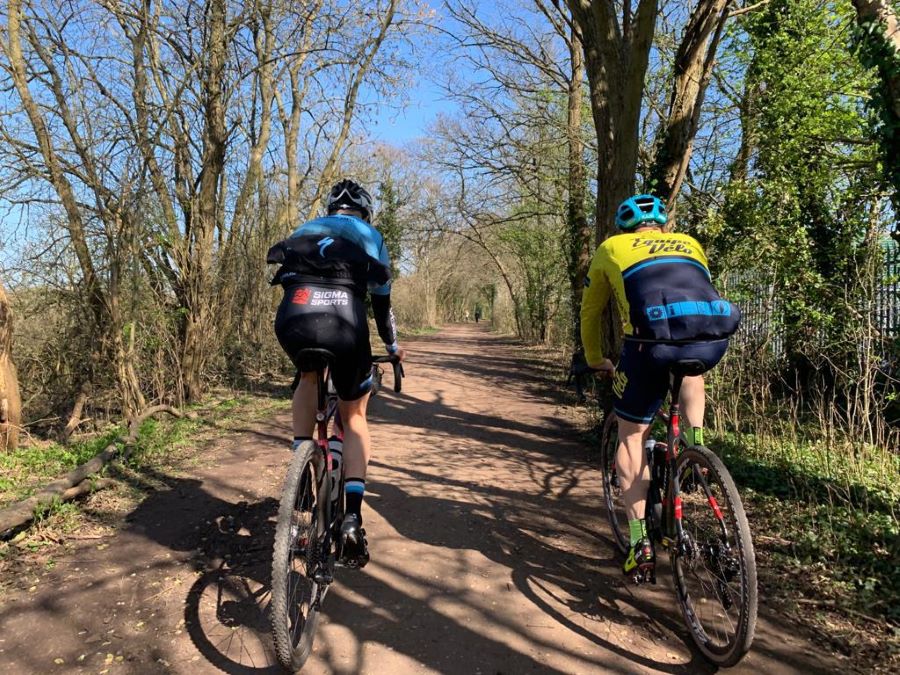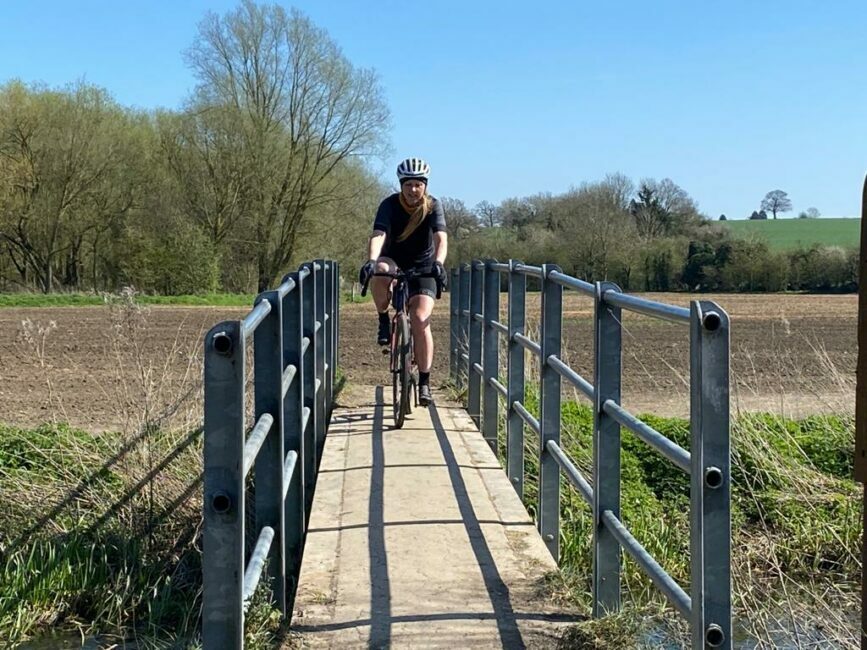Ventilation
You want your pain cave to be cool and with as much airflow as possible. Even if you’re having to start the session in a hoodie, arm warmers and gloves - as I was in the depths of winter last year in my converted garage, you’ll soon be stripped off and sweating. If you’re overheating and sweating excessively, perceived effort will rise and your watts will fall. If you’re finishing the session with a big puddle of sweat beneath you, you need to up your cooling and ventilation game.
Fan/s
Even if your pain cave is sub-zero and you’ve got all the windows and doors open, you’re still going to need a decent fan or two. There’s no need to spend a fortune, you can pick-up a 20” industrial floor fan for £50-60. A top cooling tip for enhanced backside comfort (in addition to the tips below) is to have a second fan blowing from behind. This will reduce sweating in your posterior regions and, in doing so, help reduce soreness.
Backside blues
Saddle soreness comes down to pressure, friction and moisture - all of which tend to be worse when riding indoors.
To reduce pressure, even if it’s a “flat ride”, try to stand out of the saddle for 10-15 seconds every five minutes. Pick harder and more intense sessions as the more pressure going through the pedals, the less will be on your backside - try to get out for steadier sessions if possible. A quality chamois will also reduce pressure so avoid the temptation to turbo in old and worn out kit.
To lower friction, slather on that chamois cream!
To minimise moisture, as indicated above, you need to keep as cool as possible. Again, use decent shorts as a high quality modern chamois will wick moisture away better than an old knackered one.
Finally, be fastidious about post-ride hygiene, no hanging around in your sweaty kit checking out your results on ZwiftPower - get showered first!
Reliable broadband
There’s nothing more frustrating than an indoor race, workout or group ride being scuppered by wifi drop-out. If possible, running an ethernet cable to whatever device you run Zwift or RGT on is always the best option. I’ve found a hard wired Apple TV to be super reliable for both platforms.
Don’t forget that your device needs to be close to your power meter and/or smart trainer. If you’re running an ANT+ dongle, it’s always a good idea to get an extension cable.
For Bluetooth, minimise the chance of interference by shutting off any other non-essential Bluetooth devices.
Big Screen
A decent sized screen makes platforms such as Zwift and RGT far more immersive and enjoyable. It doesn’t have to be widescreen cinematic but, if you’re trying to race or hang in on the Gain Train using a phone, it’s always going to be a struggle to see what’s going on.
Kit to hand
A convenient shelf, stand or table next to your turbo is useful for snacks, additional bottles, other devices and remote controls. Think about this when you’re setting up your pain cave and have everything you might need for the session in easy reach.
Headphones
Decent music is a must for indoor training - the performance and motivational benefits have been proven and you may also want to chat on Discord, Zoom and other platforms. Bluetooth headsets are great in theory but can be a bit flakey and can interfere with sensors communicating with devices and lead to frustrating power drop-outs. Go old school and opt for wired.
Warm-up
A warm-up, even if it’s only 10 minutes, is essential to get your body, mind and trainer/power meter (see below) ready for the session ahead. Races especially on RGT and Zwift start notoriously hard and, if you’re not warmed, you’ll be heading straight for a lactic pain bath.
A great way to warm-up on Zwift is to drop in with a Pace Partner as, not only will this get your legs spinning, it’ll also help to tune in your drafting skills. I find that joining the Pace Partner one category level below that of the ride/race I’m warming up for, riding for 10-15 minutes and putting in a few 10-second sprints does the job perfectly.
Calibrate
Another important reason to warm-up is that some smart trainers (and some power meters) will read significantly differently when cold as opposed to when they’re warmed up by 10 minutes of riding. You can do this easily in-game on Zwift with a smart trainer by following the steps in the link below. It only takes a few minutes and means you can reliably track your progress and be confident that the watts you’re producing are consistent and genuine.
https://www.zwift.com/news/3634-how-to-calibrate-your-smart-trainier?__znl=en-gb
Hydrate and fuel
Even if your pain cave is super cool and has hurricane level ventilation, you’re going to sweat and, for both performance during the session and recovery afterwards, you need to replace those fluids. For sessions up to an hour, an electrolyte drink is ideal and you’ll be looking at 500ml - 750ml.
Pre-ride, allow plenty of time for digestion - 2+ hours from a main meal and, if you need a snack, something like a banana an hour or so before will keep you topped up. For especially hard races or workouts, you might want to pop a caffeinated gel at the start of your warm-up.
For longer sessions, you’re going to need some fuel and the rules of little, often and early that apply to fuelling outside apply equally. You want to be fuelling at the upper end of your range as there’s little or no freewheeling inside and you’re likely to be pushing harder. Have your snacks laid out on your table.
Post-ride, if you’re having a meal within an hour of finishing, there’s no need for any recovery drink - just keep replacing the fluids. If you’ll be waiting a bit longer for a meal, a recovery drink can be useful but some milk (or soya milk) and a banana will do the same job.
Join the Hotchillee Winter Warmer Training Plan 22/23
Whether you’re signed up for one of our 2023 events, thinking about it or just want to get the most of your winter training, the Hotchillee Winter Warmer Training Plan 22/23 is for you.
It’s a 16-week plan, focussed on three key sessions each week, perfect for time starved cyclists, great for all levels of rider and it starts at the beginning of October.
There are 16 brand new fully built and scripted workouts that will be available for Hotchillee members and event riders to download and use on both Zwift and RGT if you can’t make the WOT (Watts on Tuesday) and Gain Train rides on Zwift.
https://www.hotchillee.com/winter-training-plan-2022-2023/































